

| Easy to find the Red Fort surrounded by huge ramparts and called Lal Quila in Hindi | |||
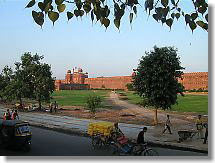 |
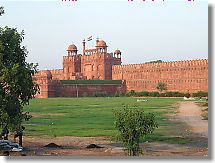 |
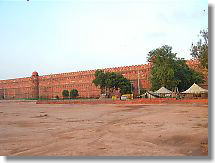 |
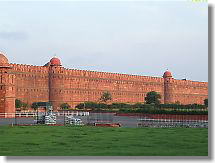 |
| Made by red sand stone same as Qutb Minar. Really red. | |||
 |
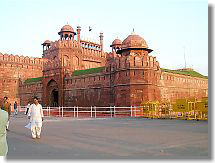 |
 |
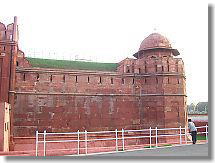 |
| Bamboos used as scaffolding for repairing or cleaning | |||
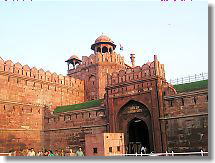 |
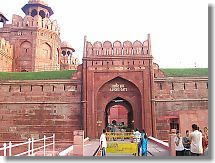 |
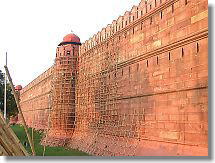 |
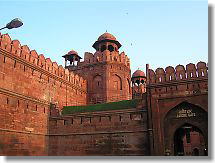 |